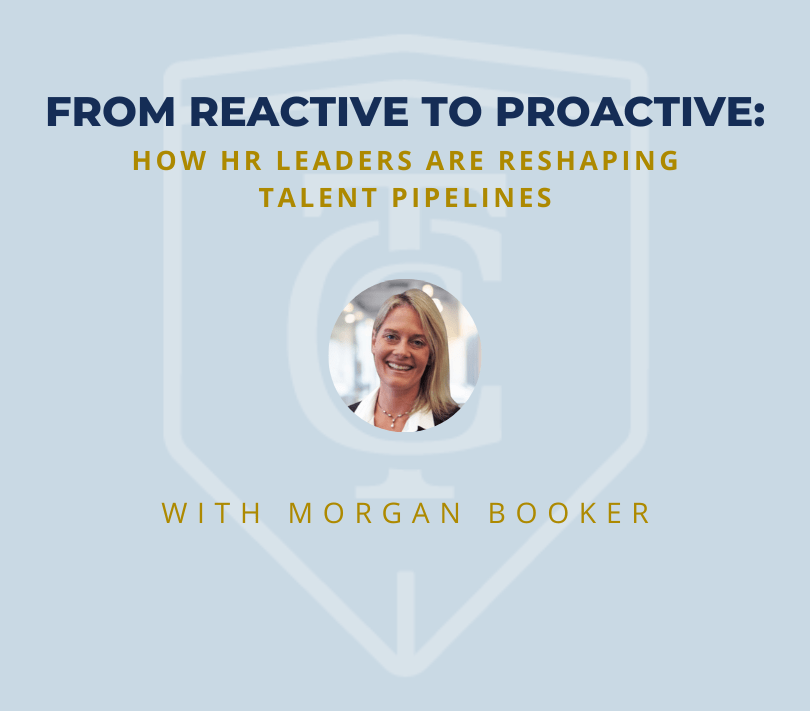
Gone are the days when talent acquisition could operate on a just-in-time model. In 2025, HR leaders are no longer reacting to urgent hiring requests with limited context. Instead, the most strategic organizations are shifting to a proactive approach to talent planning, and it’s changing the game.
The Cost of Being Reactive: When companies rely solely on reactive hiring, they end up with longer time-to-fill metrics, overwhelmed teams, missed growth targets, and, often, rushed hires that aren’t the right long-term fit.
Proactive HR leaders recognize that reacting to headcount needs is like plugging leaks in a dam. It’s better to reinforce the structure before cracks appear.
What Proactive Pipeline Management Looks Like: Proactive pipeline management doesn’t require a full-blown organizational overhaul. It begins with smarter, forward-thinking processes:
- Partnering with Finance and Operations to forecast hiring needs tied to business growth 6, 12, or even 24 months in advance.
- Conducting skill gap analyses to anticipate future capability needs, not just backfilling roles.
- Building succession plans that extend beyond the C-suite to ensure readiness across high-impact or high-turnover functions.
What Leading Companies Are Doing Differently: Some organizations are moving fast and strategically to reshape their approach to talent:
- Launching embedded workforce planning teams that sit within business units and regularly review projected growth, attrition, and capability needs. These HR-business hybrids act as early-warning systems for future hiring pressure.
- Creating talent communities with personalized engagement strategies; using newsletters, webinars, and tailored outreach to maintain interest from high-potential external talent long before a role opens.
- Investing in internal talent marketplaces to match employees with projects, stretch assignments, or lateral opportunities. These tools help surface internal talent and reduce external recruiting spend.
- Using predictive analytics to drive sourcing strategy, flagging trends like upcoming retirements, churn in key roles, or changing job demands based on industry shifts.
How to Start Moving Toward Proactive Talent Planning: If this approach still feels aspirational, here are a few places to start:
- Audit your organization’s pain points. Where are you consistently reactive?
- Choose one function or team to pilot a proactive model. Forecast needs and identify risks.
- Build internal visibility by showing the cost of reactive hiring: missed revenue, lost productivity, declined offers.
- Shift conversations with business leaders from “What’s open now?” to “What will we need next quarter? Next year?”
Grounded & Pragmatic: Every reactive hire is a symptom of a bigger systems issue. Great HR leaders treat talent like supply chain: planned, forecasted, and optimized. The payoff? Better hires, stronger teams, and fewer surprises.
About Morgan Booker
 Morgan has over 18 years of Talent Acquisition, Employee Relations, and Human Resource Business Partner experience. She joined The Christopher Group in 2022 as a Recruiting Manager and has since been promoted to Recruiting Director. Morgan’s focus is partnering with executive Human Resources candidates across the United States to fill Human Resources executive roles. To learn more about Morgan visit her bio page.
Morgan has over 18 years of Talent Acquisition, Employee Relations, and Human Resource Business Partner experience. She joined The Christopher Group in 2022 as a Recruiting Manager and has since been promoted to Recruiting Director. Morgan’s focus is partnering with executive Human Resources candidates across the United States to fill Human Resources executive roles. To learn more about Morgan visit her bio page.

